Streets for People / It’s Time to Put an Hourly Limit on the Free On-Street Parking Spaces and Institute a Zone System for Residential Parking Permits Downtown
Everyone complains about downtown parking. Leaders are reluctant to try anything new or difficult because someone’s bound to get upset. Nothing gets done. The problem persists. And the cycle repeats year after year. It’s time to interrupt the cycle and do something. By addressing downtown’s abundance of free and nearly free on-street parking we can relieve residents’ frustration with not finding parking in front of their own home, provide opportunities for short-term parking that increases business for our mom-and-pop retail shops and help residents who don’t live downtown to find parking space too. Win. Win. Win.
Residents Say Parking and Traffic Congestion Need to Be Fixed
Out of 18 rated City services traffic flow and parking came in ranked at 16 and 17 respectively according to a January 2021 Key West Community Survey. Said another way, of City Services that need improvement #1 is Affordable Housing, #2 is Parking and #3 is Traffic Flow.
The problem is that people have a hard time coming to a consensus on defining what the parking problem is. One person’s definition of the problem is not nearly the same as another. It depends on where one lives, where one works and how often one frequents downtown venues. And still the “problem” may change from block to block, depending upon who you talk to.
City’s Strategic Plan is a Half-Hearted Attempt to Address the Issue
The draft Key West Forward Strategic Plan Traffic and Pedestrian Friendliness element that’s expected to be adopted in the coming month or so cited the survey results in crafting these goals for the next couple of years:
Goal 1: Ensure safer and more accessible bicycle and pedestrian routes
Goal 2: Improve public transit
Goal 3: Parking improvements
Goal 4: Reduce the island’s carbon footprint
With regards to Goal 3, Parking Improvements, the goal is to “Make parking easier and more accessible for drivers.” The Plan proposes doing so with the following actions:
- Explore opportunities for a parking garage on Stock Island, rooftop parking additions to existing City lots and one-waying some streets
- Produce and promote an app that shows parking garage availability
- Increase the usability of pay by phone for parking
- Pilot reverse angle parking on a street as a model for more
All of these are worthy actions and should be pursued. But they seem to have been developed with political palatability in mind. No one will object to anything here. And while numbers two and three may make parking easier, we’re not sure they address the real problem that we badly manage and underprice our limited supply of on-street parking and that contributes to traffic and parking congestion.
Let’s Reset the Problem. There’s Lots of Parking. We Just Underprice It and Manage It Badly.
There might be as many as 10,000 parking spaces downtown. There are a few thousand private parking spaces in driveways, retail, and lodging lots. On top of that there’s another 2,000 to 3,00 publicly available for pay parking spaces in private and public lots and garages across our downtown. There are another 3,000 known on-street parking spaces in the downtown core. About 1/3 of these spaces are metered, 1/3 are marked Residential Permit Only and 1/3 are unmarked. And there may be 1,000+ on-street spaces uncounted because they are on Old Town blocks (mostly South of Truman and around the Casa) that don’t have a curb and so aren’t counted.
Residential Permits can be had for $20 annually or $0.05 cents per day. They may go up to $35 next year or 9 ½ cents a day. The unmarked spaces are FREE and available for free for up to 72 hours at a time. That means two thirds of known downtown is covered in free or nearly free on-street parking. And THAT’S THE REAL PROBLEM because everyone is fighting over those free and virtually free spaces.
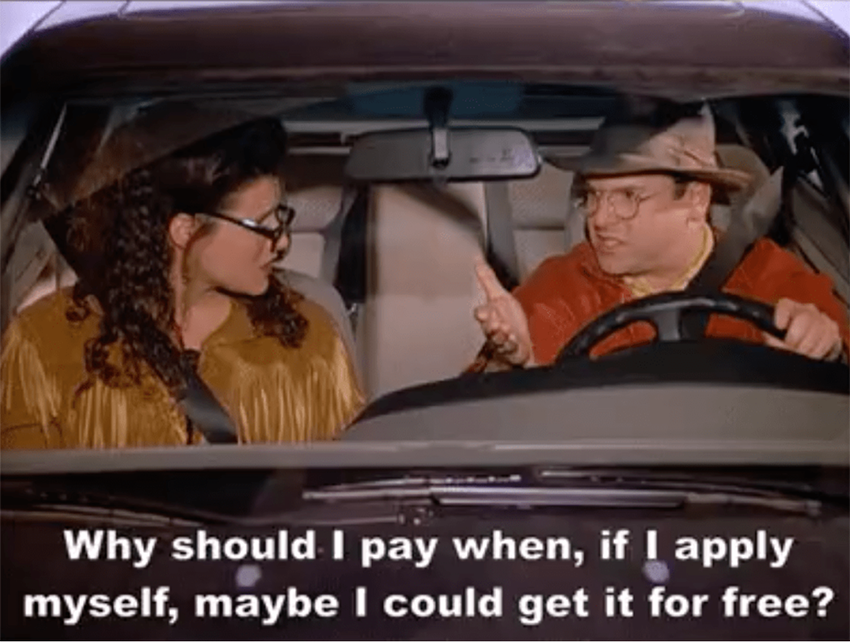
When a city undervalues parking by providing free and nearly free parking, many people think like George Costanza and always believe if they just try hard enough, they’ll find a spot. In one of the most popular Seinfeld episodes of all time – “The Parking Space” – Elaine tells George to just put the car in a garage because he’s never going to find a free on-street parking space. But George, like most Americans, is loath to pay for parking and keeps hunting. And that’s the dilemma.
If people, whether they are visiting for a few days, parking for a work shift, or coming downtown for dinner, know there are free or nearly free parking spaces out there, no matter how rare they are during busy season, they are going to circle the block and go round and round till they find one rather than pay to put it in a longer-term lot or garage. THAT’s THE REAL PROBLEM.
Two Good Ideas Already in the Works Via the Budget Process
To its credit, the Parking Department is working on two reforms that will help battle the real problem:
Raise the Price on Metered Parking and Add to the Supply
To encourage turnover for retail at meters we need to encourage people to park in long-term lots and garages. But to do this, metered rates need to be more expensive than surrounding lots and garages. Otherwise, people will use the meters first. City staff has proposed an increase from $4 to $5 and from $5 to $6 an hour at metered spaces. Good start. Even better the Parking Department is proposing to add meters on the 500, 600, 700, 800 and 900 blocks of Whitehead and 200 block of Elisabeth Streets. Let’s make sure this happens.
Raise the Price of Residential Parking Permits
As the number of spaces allocated to this program downtown is scarce (there’s a little more than 1,000 spaces), the price should take this into account. $20 for an annual permit comes to 5 cents a day. The proposed increase to $35 is welcome but at 9 ½ cents a day is still nearly free. Permits for such a scare resource, taxpayer or not, should be well over $100 for the first vehicle and progressively more for subsequent vehicles. The $35 is a good first step.
Here’s What Else We Need to Do
So, in addition to the items in the Strategic Plan and what this City is already working on above, to make it easier to park, to discourage cruising for free or nearly free on-street parking, to encourage turnover for retail and to encourage visitors and workers to park in long-term lots here’s three things we need to do:
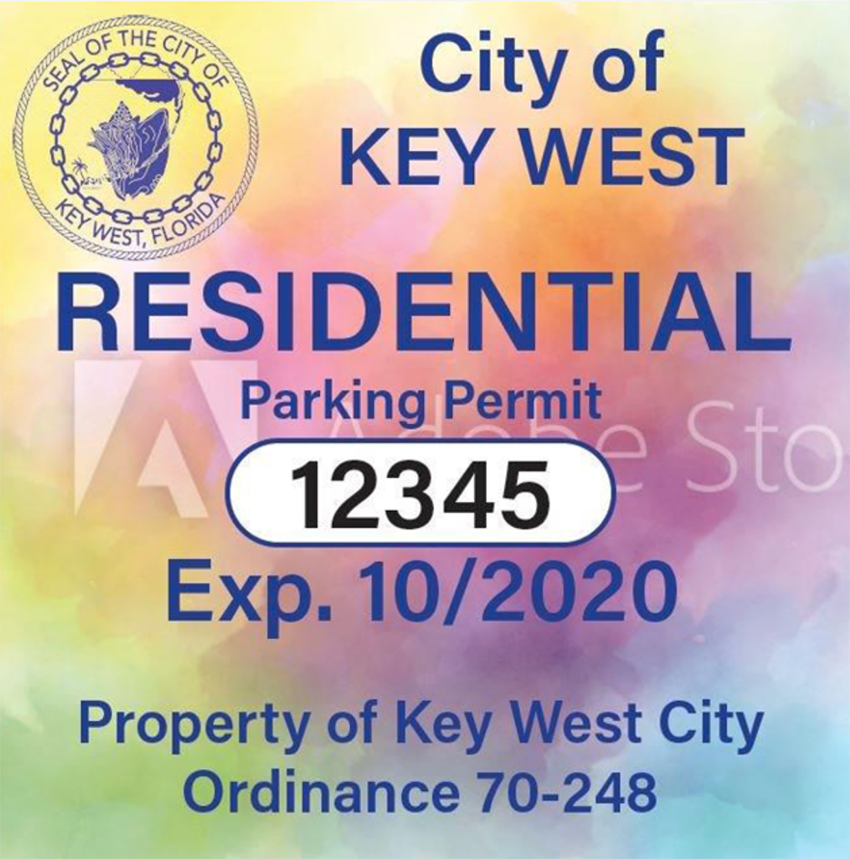
1 – Institute a Zone System for Residential Parking Permits
Residential Permit Parking is intended for residents to be able to park within a few blocks of their home. Zones should be small and only available to people who reside or have a business within that zone. This is common practice throughout North America. Wikipedia says “residential zoned parking is a local government practice of designating certain on-street automobile sparking spaces for the exclusive use of nearby residents. It is a tool for addressing overspill parking from neighboring population centers such as a business or tourist district.” Kinda fits Key West’s historic downtown, eh?
In Key West there’s only one zone. It covers the entire City including Stock Island. Anyone can purchase this pass, allowing folks to drive downtown and use one of those 1,000 on-street Residential Permit Parking spaces for less than 10 cents a day. People living north of White Street don’t purchase passes to park in front of their home. They purchase passes to park downtown for nearly free or at one of the many 4-hour resident free lots or beaches.
The people who live in the core in Bahama Village, the Seaport, around the Cemetery or other places downtown are the ones that need a permit to ensure parking near their home. But with 10,000 to 12,000 annual permits out there and only 1,000 Residential Permit Parking spaces, those spaces are hard to come by, especially in season. With more than 10 permits for every one space no wonder everyone is frustrated.
We often hear the old canard that “I pay city taxes, so I should be able to park for free anywhere in the city I want.” But if these people lived on Elizabeth, Emma or William Streets would they really say the same thing?
How many zones are needed? That’s a good question. We have three Commission Member Districts and six Voting Precincts downtown. Perhaps these boundaries could be used to create three or six zones downtown and one big one for the rest of the city. Maybe we need even more zones? Maybe less. However, you slice it, having multiple zones is better than having one.
The Residential Parking Permits would still get you 4-hours free at the beaches and select lots and garages all over downtown, but people who don’t live nearby would no longer compete with people who live on a block.
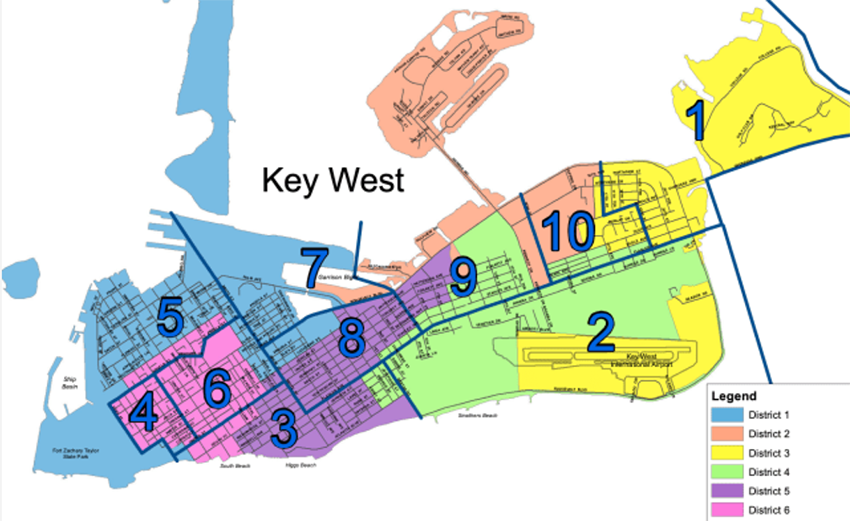
2 – Put Hourly Limits on the 1,000 Unmarked Spaces Downtown
There are about 1,000 known unmarked, free spaces downtown. (Remember there’s also an additional 1,000+ unmarked spaces on curbless streets too.) One can park in these spaces for up to 3 days or 72 hours before having to move a vehicle. THESE are the parking spots that the George Costanza’s among us, whether they be overnight or day visitors or uptowners and non-islanders without Residential Permit Parking passes, are look for. Limit the parking in these spaces to a certain number of hours, say 4 to 6 hours between the hours of 8 am and midnight. This encourages people who are visiting to use the long-term lots. We might also consider turning more of these spaces over to Residential Parking Permit and metered parking spaces as needed.
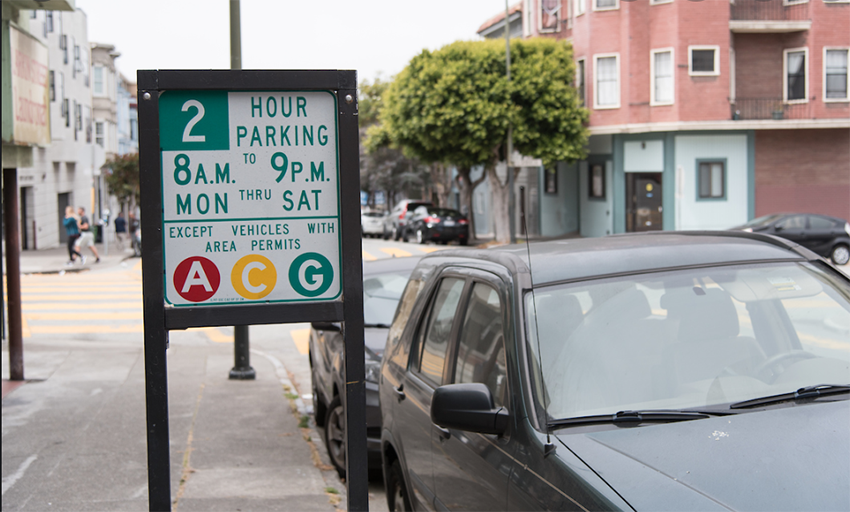
3 – Allow Use of Hourly-Limited Unmarked Spaces for People with Residential Parking Permits
Allow anyone with a Residential Parking Permit for any zone to use the Hourly-Limited Unmarked Spaces for up to 72 hours as use to be the case for anyone. For people that live uptown and could no longer park in a downtown Residential Zone that wasn’t theirs, these spots would now be available for their use. And more of these spots would be available, because the new 4–6-hour limits would push visitors to the long-terms lots and garages.
All Residents Get Something and Downtown Becomes Less Congested
By doing these three things, downtown residents win by having zoned parking ensuring parking near their home. Uptown residents win by having use of the newly freed up unmarked spaces and still have all the benefits of Residential Parking Permits such as four hours free parking at the beaches and city lots too.
And because visitors don’t have the expectation of free 72-hour parking in the middle of downtown and because we’ve raised the metered parking rates, they now park where they are supposed to – in the long-term lots and garages. This helps with turnover at the meters and thus helps our small mom-and-pop shops and it helps reduce traffic congestion all over downtown.
Everybody wins.
But for this to occur, we need a City Commission brave, bold and progressive enough to make it happen. Here’s wishing them courage.
# # #
You can find all the KONK Life Streets for People column articles here and recent stories below:
- We Need to Encourage Efforts Like the Proposed Lama Electric Scooter; August 6, 2021
- Uber-Like Transit Coming to Key West?; July 30, 2021
- Our Top 7 Bike, Walk, Transit and Streets for People Articles of 2021; July 24, 2021
- With the Duval Street Revitalization Plan Way Behind Schedule, Here’s 3 Quick Wins for Pedestrianizing Duval Street Now; July 16, 2021
- Limiting Large Cruise Ships Gives Us an Opportunity to Make Duval Street and Historic Downtown More Locals Focused, Again; July 9, 2021
- Mayor Bravely Puts Onus on Commission to Do Heavy Lifting on Bike, Walk and Transit. Will They Come Through?; July 2, 2021
- Monorail, Monorail, Monorail or Just Say No to Privatizing Key West Parking; June 25, 2021
- New City Manager Will Be Good for Bike, Walk, Transit and for Key West; June 18, 2021
- PeopleForBikes Ranks Key West 39th Best City for Bicycling; June 11, 2021
- First and Bertha Streets Corridor Road Improvements Are Another Missed Opportunity to Make Bicycling Safer and Easier; June 4, 2021
- Want Sidewalk Cafe’s and Other Amenities? We Need to Take Some Space from Cars; May 28, 2021
- In Quest to Improve Crosstown Greenway, City Prepares to Construct New Bike Trail Segment; May 21, 2021
- How Better Transit and Bicycle Facilities Can Help Address Affordable Housing; May 14, 2021
- City Commission Tries to Have Its Cake and Eat It Too on S. Roosevelt Blvd. – Perhaps Dooming a Safer Project; May 7, 2021
- What’s Old is New Again – Two New Bike Trails Take Us Back in Time to a Simpler Key West, April 30, 2021
- Do Key West Commercial Areas Need Business Improvement Districts (BIDS)? – Part 2: What BIDS in Key West Might Look Like, April 23, 2021
- Do Key West Commercial Areas Need Business Improvement Districts (BIDS)? – Part 1: What’s a BID?; April 16, 2021
- The Good, the Bad and the Ugly – A Dozen Marketing Things KW Transit Can Do to Increase Ridership; April 9, 2021
- The Sorry State of Key West Bus Stops – We Just Don’t Care; April 2, 2021
- It’s Time to Reconsider a Road Diet on S. Roosevelt and Make the Promenade and Road Safer; March 26, 2021
- Getting the Parking Right Leads to Streets for People – Part 2: Battling Our Inner George Costanza – Ten Things We Can Do in Downtown Key West to Get the Parking Right; March 19, 2021
- Getting the Parking Right Leads to Streets for People – Part 1: Nobody Goes there Anymore. It’s Too Crowded – Six Reasons for Right Pricing Parking; March 12, 2021
- Eight Things We Can Do to Pedestrianize Duval and Still Allow Cars, March 5, 2021
- How We Get Wider Sidewalks Downtown Without Ripping Up the Streets – Parklets; February 26, 2021
- The Wee Donkey, Whataboutism, Bathwater and Duval Street’s Future; February 19, 2021
- Averting E-Bike Mayhem and Making Key West Sidewalks Safer; February 12, 2021
- Sustainability Board Wants to Make Free, Frequent and Simple Key West Transit a Reality, February 5, 2021
- Volunteers and a Little Green Paint Show How We Can Make it Safer to Bike;January 29, 2021
Chris Hamilton is founder of the local advocacy group Friends of Car-Free Key West & Duval Street/Historic Downtown. He’s a native of the District of Columbia, where for a couple decades+ he led nationally renowned efforts promoting transit, bike, walk and smart growth for Arlington County, VA’s DOT. Chris has lived in Key West since 2015. He lives downtown and works and volunteers for a couple non-profits.
[livemarket market_name="KONK Life LiveMarket" limit=3 category=“” show_signup=0 show_more=0]

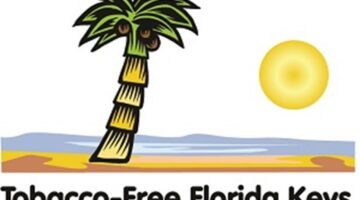
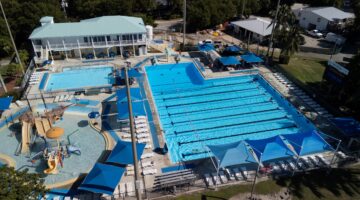







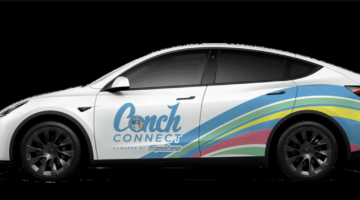
No Comment